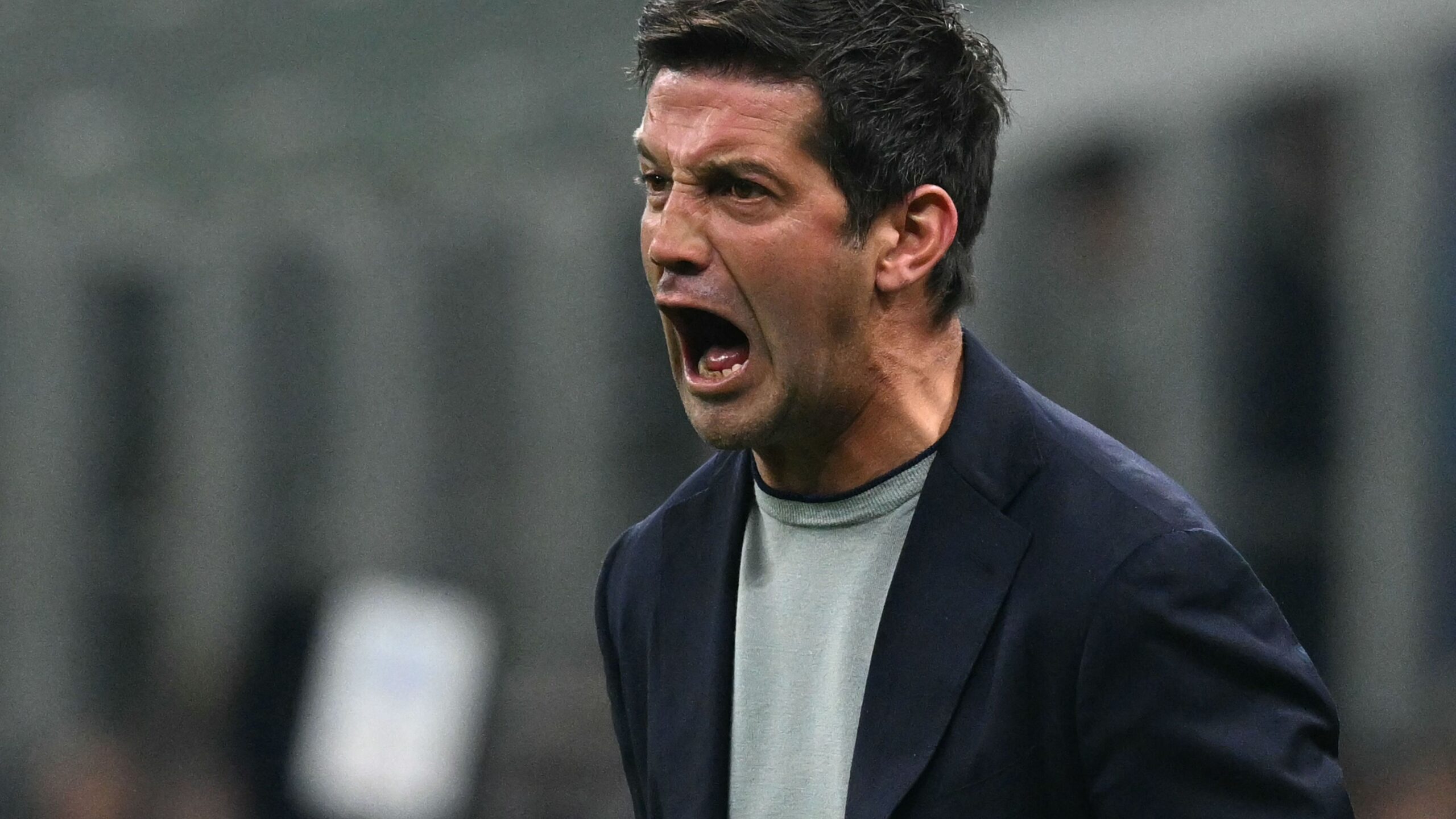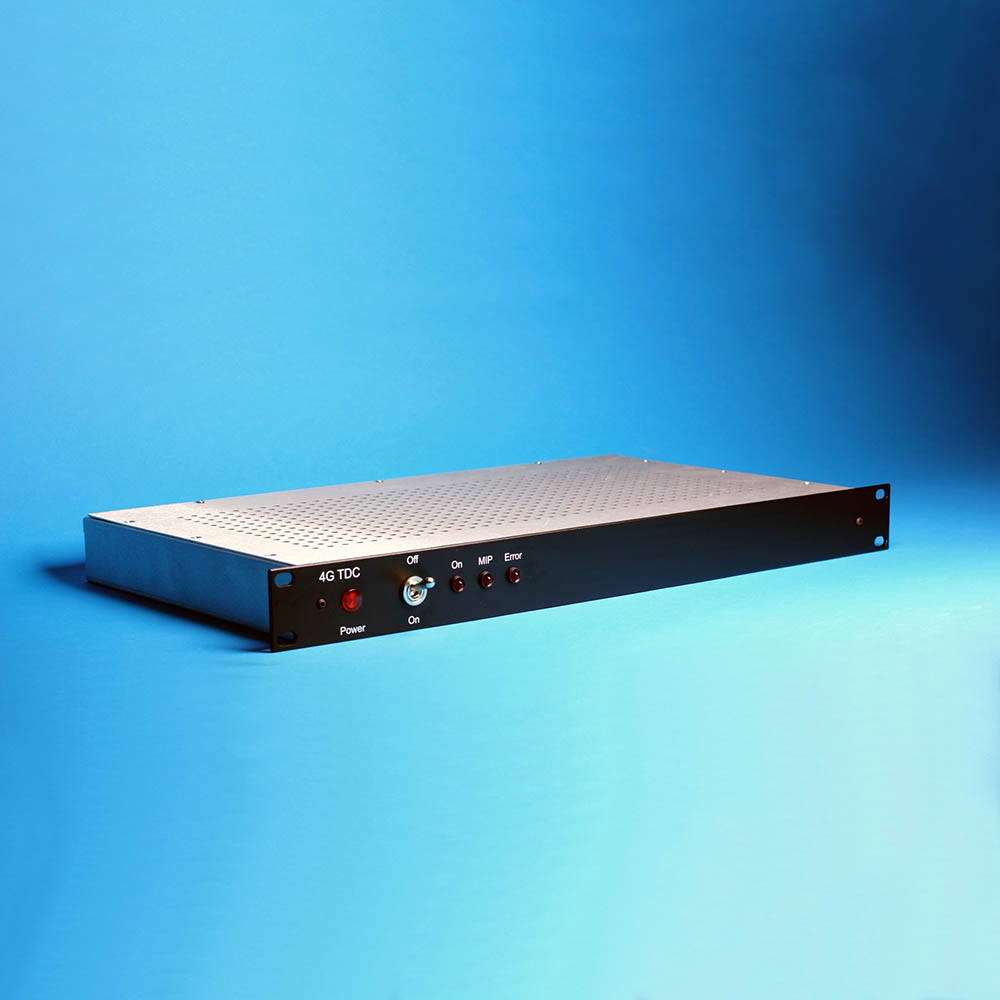Di Canio believes Inter are evolving under Chivu, not just tactically, but psychologically, embracing the idea that beautiful football sometimes needs to “go to hell” to achieve results.
“They know their strength, they know that’s what’s…

Di Canio believes Inter are evolving under Chivu, not just tactically, but psychologically, embracing the idea that beautiful football sometimes needs to “go to hell” to achieve results.
“They know their strength, they know that’s what’s…

A very fast digitiser, or analogue-to-digital converter (ADC), records the shape of the pulse waveform into memory. All the pulses resulting from a single spectrometer start event are recorded in a single trace; so in principle a…

Terms
While we only use edited and approved content for Azthena
answers, it may on occasions provide incorrect responses.
Please confirm any data provided with the related suppliers or
authors. We do not provide medical advice, if you search for
medical information you must always consult a medical
professional before acting on any information provided.
Your questions, but not your email details will be shared with
OpenAI and retained for 30 days in accordance with their
privacy principles.
Please do not ask questions that use sensitive or confidential
information.
Read the full Terms & Conditions.

A major international study involving 23,000 people has found concerning evidence about the impact of a range of common, everyday medications on the treatment outcomes for patients with breast cancer.
Led by the University of South…

A first-in-human treatment using CRISPR-Cas9 to edit the ANGPTL3 gene was well tolerated and substantially reduced both low-density lipoprotein (LDL) cholesterol and triglycerides in a phase 1 trial. The study was reported as a late-breaking…

In the excellent making-of documentary, Frankenstein: The Anatomy Lesson, director Guillermo del Toro says he is closest to the stories of Pinocchio and Frankenstein. “Both are stories of ‘abnormal kids,’ whose fathers are disappointed in…
